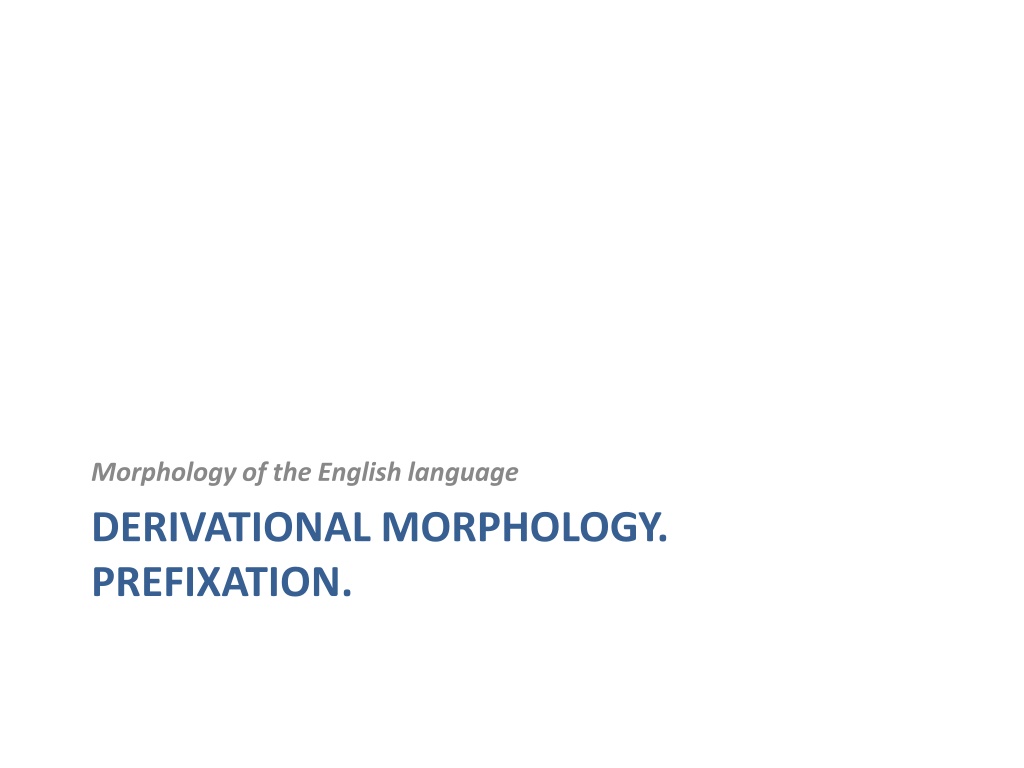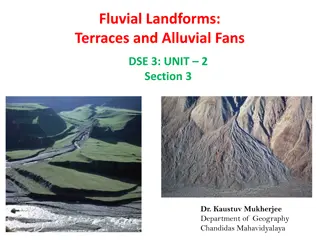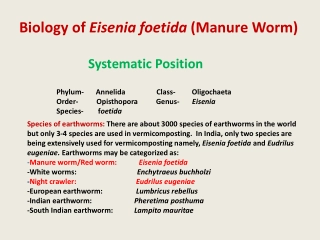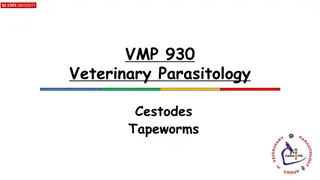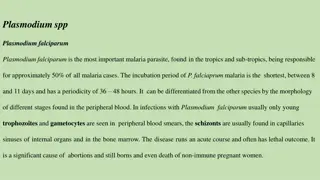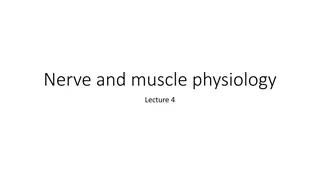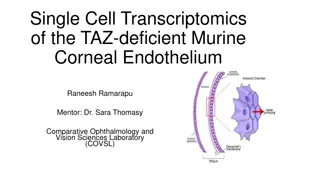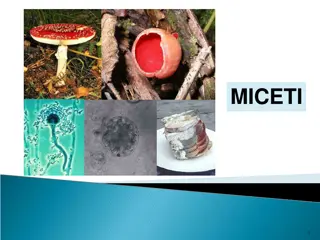DERIVATIONAL MORPHOLOGY. PREFIXATION.
Derivational morphology in the English language involves forming new words by adding affixes to a base, resulting in derivatives or derived words. Prefixation is a productive process, especially for verb and adjective formation. Prefixes can be classified based on their meanings, such as negative, privative, denoting time and order, locative, pejorative, and more. Examples of prefixation include words like "pre-war" and "ex-wife." Different types of prefixes serve various purposes in word formation.
DERIVATIONAL MORPHOLOGY. PREFIXATION.
PowerPoint presentation about 'DERIVATIONAL MORPHOLOGY. PREFIXATION.'. This presentation describes the topic on Derivational morphology in the English language involves forming new words by adding affixes to a base, resulting in derivatives or derived words. Prefixation is a productive process, especially for verb and adjective formation. Prefixes can be classified based on their meanings, such as negative, privative, denoting time and order, locative, pejorative, and more. Examples of prefixation include words like "pre-war" and "ex-wife." Different types of prefixes serve various purposes in word formation.. Download this presentation absolutely free.
Presentation Transcript
Morphology of the English language DERIVATIONAL MORPHOLOGY. PREFIXATION.
Derivation: notion, definition, classification Derivation is a morphological process of forming new words by adding derivation affixes to the base. As a result we ve got a derivative (izvedenica). All derivatives that can be formed out of one base make up lexical or derivation paradigm of the word. Two main derivational processes are prefixation (1) and suffixation (2).
Derivational paradigm of the word CENTRE centr-al centr-al-ize centr-al-ly centr-ist centr-ist-ic centr-icity de-centr-al-ize-ation etc.
Derivation can be class-maintaining class-changing happy / un-happy national / inter-national organise / organis-ation dark / dark-en ice / de-ice slave / en-slave humor / humor-ous glamour / glamour-ous
Prefixation Prefixation the morphological process of forming words by means of prefixes. E.g., pre-war, ex-wife, pseudo-classicism. Prefixation is really productive for verb-formation and adjective formation. As to nouns, only about 23 % of them are formed by adding prefixes to the base. Prefixes can be monosemantic (those that have one meaning only, e.g. re-) and polysemantic (those having more than one meaning, e.g. a-: asleep, asymmetric).
According to their meaning, prefixes can be divided into the following groups: Negative : un-, non-, dis-, a-, in, etc. Privative: un-, de-, dis-, etc. Denoting time and order: fore-, pre-, post-, ex-, etc. Locative: sub-, inter-, trans-, etc. Pejorative: mis-, mal-, pseudo-, etc. Disloyal, non-smoker, amoral, independent, illiterate, immortal, irrelevant, inadequate Undo, decentralize, disconnect Foresee, post-modern, ex- President Subconscious, submarine, inter- continental, trans-atlantic Pseudoscientific, maltreat, misinform
